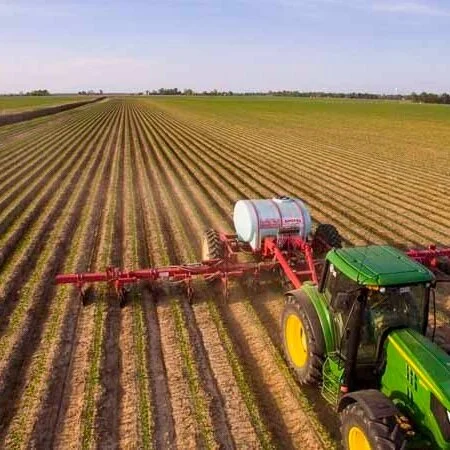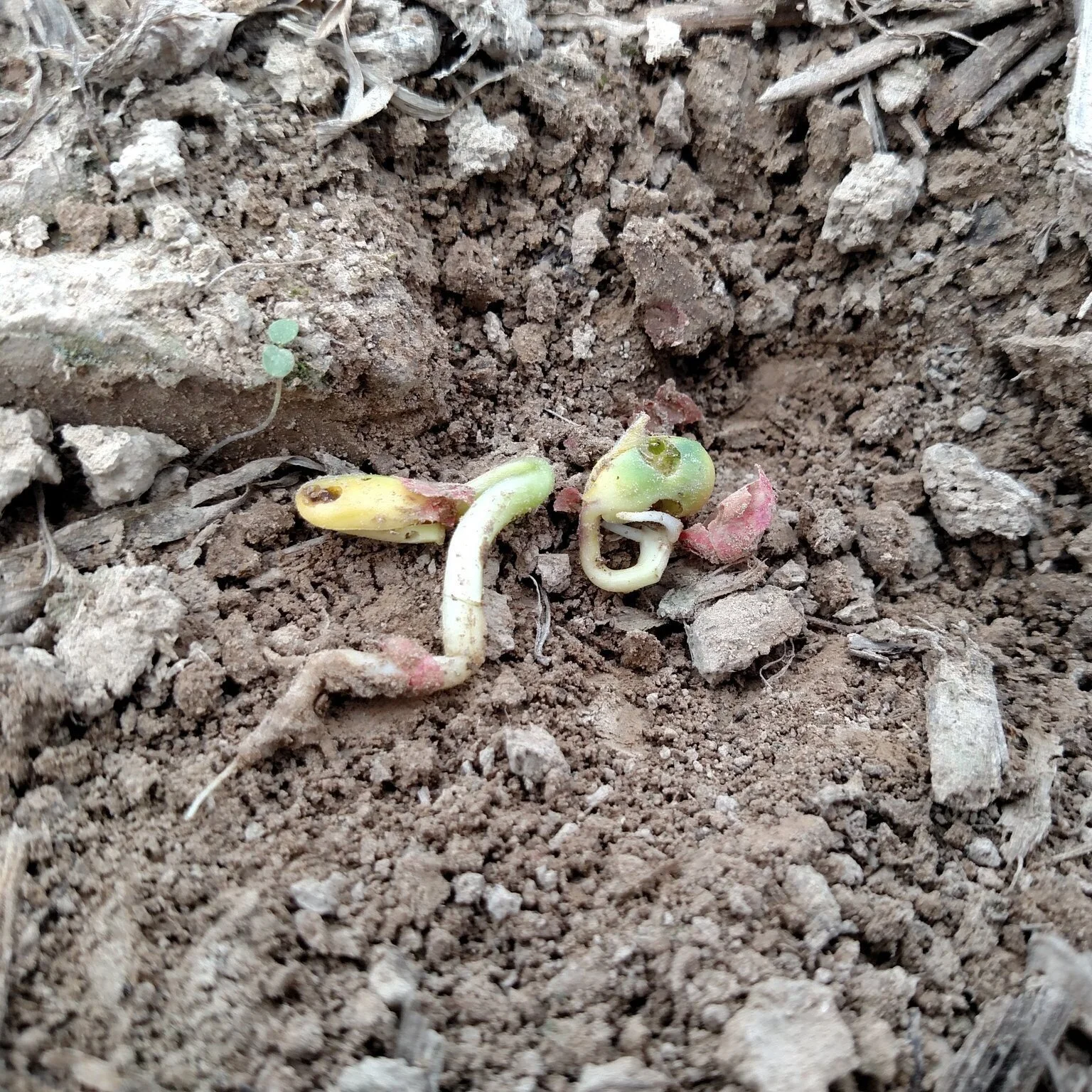To understand the weather challenges of growing crops in the Blacklands of North Carolina, the story of both a hurricane and tornado that did in the grain facility of Green Valley Farms near Columbia in Tyrell County fits the bill perfectly.
Read MoreWet weather has stopped Louisiana farmers from finishing this year’s corn planting, but not before they got the majority of the crop in the ground. LSU AgCenter reporter Craig Gautreaux has this report from northeast Louisiana.
Read MoreAs the acreage battle continues to play out, a Pro Farmer member survey shows better commodity prices are attracting more acres this year.
The Pro Farmer/Doane survey revealed farmers plan to plant more acres, with total area planted to crops in the U.S. expected to rise to 319.4 million acres. That would be up nearly 3%, or 8.9 million acres, from 2020. If the survey findings hold true, it also means U.S. acreage will hit the highest level since 2018.
Read MoreSpring planting is underway in parts of the country. As farmers gear up their planters, we are bringing you updates from the field.
Louisiana farmer Drew Keahey spoke with RFD-TV's own Janet Adkison on his operation, planting status and current conditions, and any possible hurdles that might await him.
Read MoreNitrogen is the most yield limiting nutrient for corn production. Corn requires nitrogen for amino acids, protein, and chlorophyll production. Chlorophyll is the key component for photosynthesis. Insufficient chlorophyll content results in reduced yield potential.
Read MoreFarmers in southern states are starting to plant their crops. Texas farmers have about a quarter of their 2021 corn crop planted while farmers in Louisiana have 14% of their corn in—both states showing about average progress. There are also reports that some of the spring wheat crop is being planted in North Dakota.
Read MoreChina, the biggest corn consumer after the U.S., is still short of the feed grain, and more overseas purchases are likely.
Asia’s top economy has to nourish the world’s largest hog herds and supply a growing local refining industry, which produces everything from sweeteners to starches and alcohol. The increased demand this year and in future years comes as the country grapples with limited amounts of productive farmland.
Read Morehttps://www.farmprogress.com/corn/6-common-yield-limiting-factors-corn
Read MoreAll graders working at grain elevators in Louisiana will be tested and certified for the 2021 harvest season following an announcement from the Louisiana Department of Agriculture and Forestry (LDAF).
Those graders will be trained, tested and certified by LDAF to uphold the standards set through the U.S. Grain Standards Act. The goal is to provide consistent and professional grain inspection and weighing services for producers, handlers processors, exporters, importers and end-users.
Read MoreThe National Corn Growers Association named Donald Schexnayder of Port Allen third in the state in the National Corn Yield Contest with more than 233 bushels produced per acre.
Read MoreCover crops can provide producers a variety of benefits including nutrient cycling , soil cover, nitrogen fixation and pollinator food sources. These cover crops come in many types, including grasses, legumes (mostly clovers) and brassicas (generally tillage radish and rapeseed). However, cover crops represent a “green bridge” throughout the fall and early spring that may facilitate the movement of insect pests and plant pathogens into above- and below-ground plant structures. Furthermore, cover crops may increase soil moisture and lower soil temperature compared with tilled fields at planting, resulting in more favorable conditions for seedling disease development.
Read MoreMarch 15 is the deadline to enroll in the Price Loss Coverage (PLC) or Agriculture Risk Coverage (ARC) programs for 2021. Program enrollment, which farmers can do on a commodity-by-commodity basis, is required to participate in the programs this year. ARC and PLC are Title I commodity safety net programs established in the 2018 farm bill. For the 2021/22 crop year, farmers can change their coverage options from what they selected in 2019 for each of the commodities and base acres enrolled.
Read MoreThe U.S. Department of Agriculture (USDA) is extending the deadline from March 5 to April 9 for agricultural producers to apply for the Quality Loss Adjustment (QLA) Program because of recent winter storms and some clarifications to program rules. This program assists producers who suffered crop quality losses due to qualifying 2018 and 2019 natural disasters.
Read MoreNitrogen is the most yield limiting nutrient for corn production. Corn requires nitrogen for amino acids, protein, and chlorophyll production. Chlorophyll is the key component for photosynthesis. Insufficient chlorophyll content results in reduced yield potential. A 200-bushel corn crop requires about 200 to 240 lb nitrogen per acre i.e. roughly 1 to 1.2 lb nitrogen per bushel corn harvested.
Applying all the nitrogen at or before planting are prone to loss to the environment through volatilization, denitrification, and/or leaching. Volatilization loss is high in hot and humid climates such as Louisiana and alkaline soils if the fertilizer (especially urea) is not incorporated within a few days.
Read More













